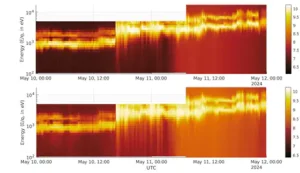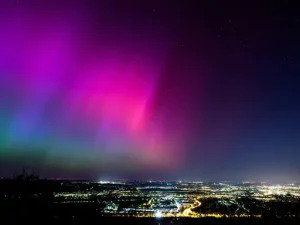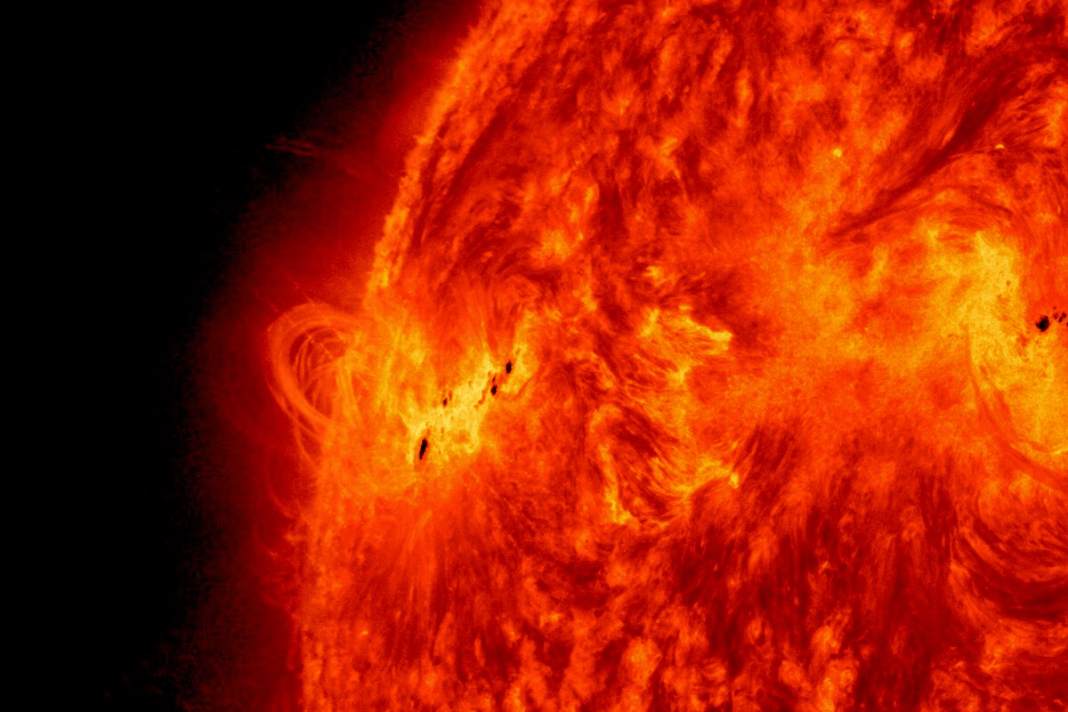The recent solar event, a potent geomagnetic storm, illuminated the skies with a breathtaking display of Northern Lights visible from Europe to America. This phenomenon, often observed in the Northern Hemisphere, occurs when charged particles from solar storms collide with oxygen and nitrogen in the Earth’s atmosphere, releasing light photons

The Ionosphere: Gateway for Solar Radiation
Spanning between 80 to 600 km above the Earth’s surface, the ionosphere plays a crucial role in reflecting and modifying radio waves essential for communication and navigation. It is here that extreme ultraviolet and X-ray solar radiation ionize atoms and molecules, influencing the behavior of electromagnetic waves.
Northern Lights: Nature’s Spectacular Light Show
When charged particles interact with atmospheric particles during a solar storm, they emit photons of light, resulting in the mesmerizing spectacle known as the Northern Lights. This recent event, triggered by a powerful geomagnetic storm, provided an unparalleled visual feast for observers across continents.


The Impact of the Storm: Disruption and Challenges
This storm, deemed the most severe since 2003, brought about disruptions in communication and navigation systems, including GPS. Originating from AR13664, a highly active region on the Sun’s surface, the storm unleashed X-class solar flares and Coronal Mass Ejections (CMEs) directed towards Earth.
High Altitude Areas: Witnessing Nature’s Fury
The impact of the storm was particularly pronounced in high-altitude regions, where the intensity of the Northern Lights and disturbances in the ionosphere were most pronounced. These areas experienced heightened disruption in communication and navigation systems, highlighting the vulnerability of technology to solar events.
Limited Impact on India: Timing Mitigates Effects
Fortunately, India experienced minimal effects from this solar storm, largely due to its timing. The storm struck during the early hours of May 11, when the ionosphere, crucial for modulating solar radiation, was not fully developed. As a result, the majority of the storm’s activity was concentrated over the Pacific Ocean and the Americas.





